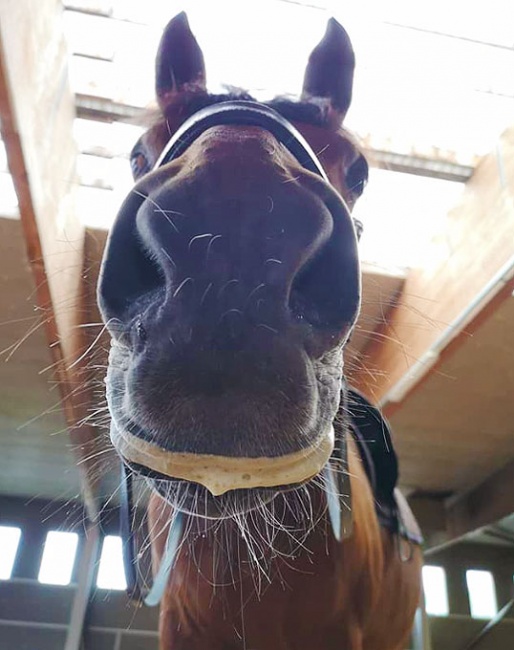
A good mouth is calm, sensitive and relaxed with a reasonable amount of foamy ”lipstick” visible on the horses lips. It is a result of progressive training well done, which helps the horse to use his body in a healthy and balanced way through the levels.
The way we ride clearly affects the horse’s mouth, as the neck and the masticatory system have a close and important biomechanical connection. The frame of the neck affects directly the mouth and jaw functions. For this reason we should clearly care about a good posture and the frames we use in our daily training.
Contact Related Problems
Understanding different kind of contact related problems in ridden horses became one of my main interests in 2013 since I got to learn precise problem solving techniques from my trainer Colonel Christian Carde.
At a clinic in Finland he listed 3 commonly seen mouth types:
1. The dry mouth: the mouth is dry at the beginning, during and at the end of the work. The horse is usually tense and moving with stiffness.
2. The very foamy mouth: foam is found on the neck and shoulders of the horse. The horse can´t swallow normally because of quality of the contact, the frame or the tightness of the noseband.
3. The fresh mouth = the good mouth. The horse is relaxed and there is some saliva, like wearing a light foamy lipstick. The foam is evenly visible on both sides.
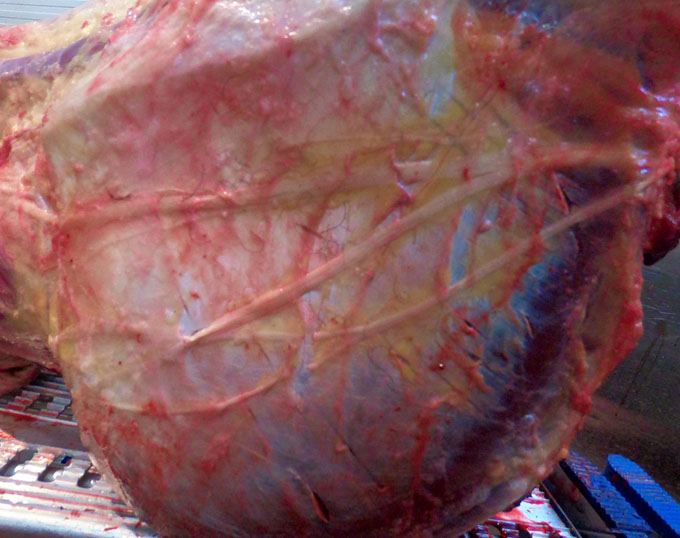
below the skin on the horses cheek
While it is good that there are options, usually the sustainable solution is found in good simple equipment and training techniques. Horses have very individual mouth and head anatomy, which means the equipment we use need to fit them correctly to avoid discomfort which can lead to stress and different compensations. The bit is one important part of good communication and well being of the horse, but this is only where the works starts.
A Closer Look at the Masticatory System
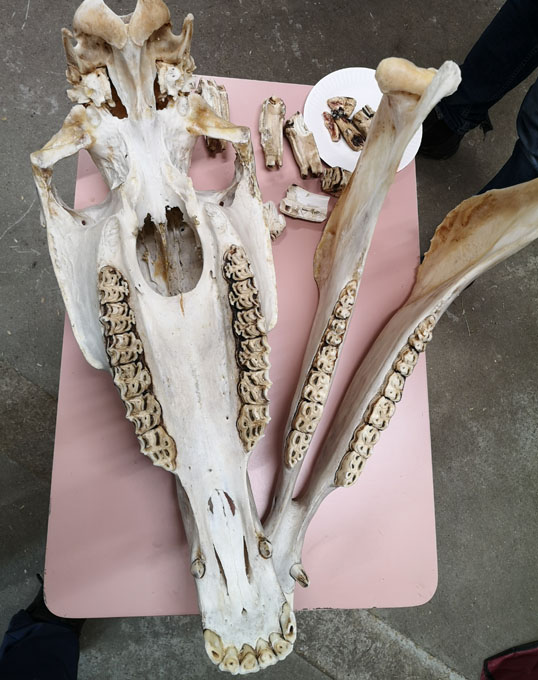
If the horse becomes tense and is resisting the bit in any way, he will create tension in the facial muscles and fascial structures, tightening the m.masseter which is the largest muscle in the face. This will create tension in temporomandibular joint (TMJ) area, which is highly sensitive and important area for the balance of the horse. TMJ also affects the front limb movement and a painful TMJ may even be shown as front limb lameness, often combined with very sore neck muscles (often m. bracchiosephalicus and some other structures).
The TMJ also has a strong connection with the horse’s poll and the tongue which play an important role in the horse’s rideability and quality of the movement. Tension always affects all muscle chains in the body and it can change how nerves and other structures are able to work. Problems in the masticatory system are usually resulting from changes in how the system is loaded in training or daily life.
Tension on the Lower Jaw
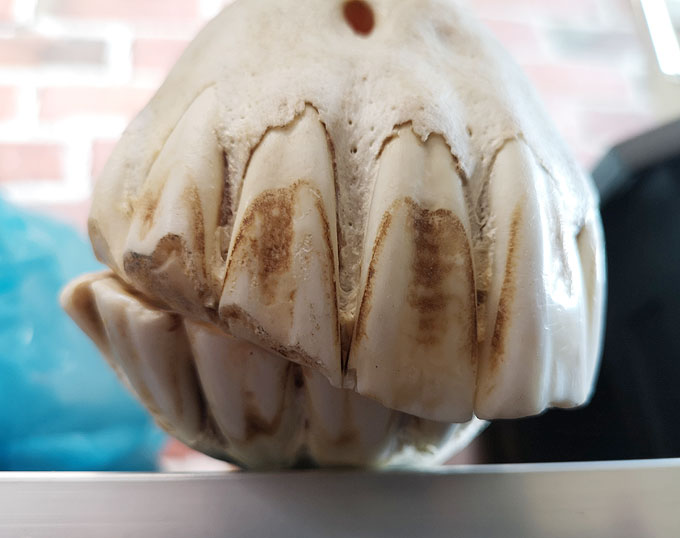
thereby symmetry of the horse
If the horse is grinding its teeth or constantly opening the mouth, it is also a very clear sign of tension or anxiety, that should not be accepted as only a bad habit and then masked by cranking the noseband.
Grinding the Teeth
Sometimes riders tell that their horse feels otherwise 'ok to ride', but he is still grinding his teeth. Grinding the teeth always creates a lot of tension and it can cause similar problems as bruxism does on human. This should not be taken lightly. There may be pain, stress or discomfort behind the behaviour, and this must be addressed carefully as this behaviour also causes more of the pain, stress and discomfort. It is very important to help the horse out of this habit, even if it may not always be easy to find the reason.
Light Frame, Behind the Leg
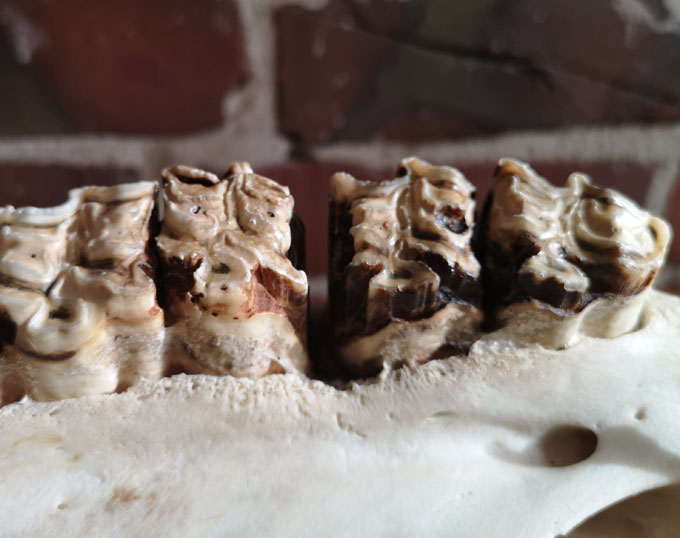
related to contact problems
It needs to be corrected by focusing on the basics: the quality of the rein contact (forward thinking hand), balance (opening the frame) and impulsion (horse in front of the leg) in training.
The key to better performance is to manage keep these sensitive areas as relaxed as possible during the training. I will give you some ideas in the next part of this series.
Text and Photos © Niina Kirjorinne
Related Links
Functionality in Equitation: Fine Motor Skills in Your Hands
Trainining with Frömming: "Getting a Classically Schooled, Yet Incorruptible Eagle Eye of a Judge"
Functionality in Equitation: No Horse is Born with a Bad Mouth
Functionality in Equitation: Resetting the Leg Aids
Functionality in Equitation: Skin Damage from Leg Aids
Functionality in Equitation: The Forward Thinking Hand